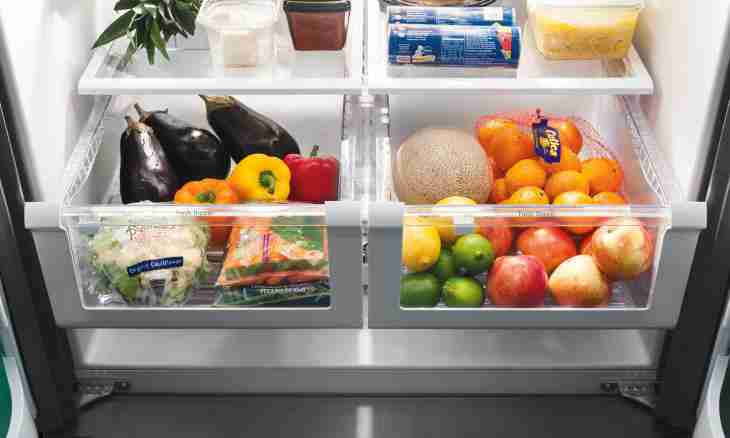Grow up an excellent harvest is a half more of business, other its not less significant part is preservation of a harvest for long winter months. All efforts spent for care for vegetables will be futile if conditions for storage are wrong.
Air temperature, lighting and a certain level of humidity are of very great importance for safety of a harvest in its original state. Leek and a Brussels sprout are capable to transfer small subzero temperatures. The zero mark in the thermometer will be ideal for storage of bilberry, a kohlrabi, a celery, a garden radish, cabbage, a gooseberry. Air temperature to +5os is the most optimum for pears, apples, strawberry, blackberry, currant, raspberry, a cauliflower, potatoes, salad, plum and spinach. Beet is suitable temperature not lower than +6, and for a paprika and green beans – from +5 to +10os. Cucumbers, tomatoes and also all southern fruit should be stored at a temperature from +10 to +15os.
First of all, it is necessary to know that only potatoes of late grades are capable to be stored a long time. For this purpose tubers clean from the earth, dry and encase. It is necessary to store potatoes in the dark, cool, well aired place.
It is easy to keep cabbage if each head of cabbage to paper and put in a box with openings for free air circulation. Forks will also well remain if to suspend them on ropes for backs. It is possible to store cabbage on the balcony. With approach of frosts the chilled heads of cabbage can be used for cooking, without defreezing.
Garlic and onions should be stored in the dry cool place in boxes from a tree, in kapron stockings or braided in wreaths. Besides, garlic perfectly remains during the whole winter if to divide it into teeth, to clean from scales and to lay in dry glass jars, having filled in with vegetable oil. The flavored oil, turned out in the course of storage of garlic, it is possible to use in preparation time of various dishes. As long as possible to keep tomatoes, they are removed immature, directly with fruit stems, put in a box and filled up with dry sawdust or sand. It is possible to paper, spread out each fruit on boxes and to put to the cool place. Periodically vegetables need to be examined, throwing out rotting. Beet, carrots and other root crops need to be stored in a box, having poured them dry river sand, in the place, inaccessible for sunshine. Carrots will be longer freshen if before dispatch for storage to spray it with water infusion of a dry onions peel.
In a box with sand it is possible to keep roots of a celery and parsley.
Within several weeks the cucumbers will be fresh if to hold them the tails shipped on ¾ in water down. At the same time water has to change daily. It is also possible to lay them in the big enameled capacity and to put it in the fridge, on the lower shelf, without covering, or to inwrap in a wet towel.
Keep in mind that cucumbers don't take out the long neighbourhood with apples.
To keep for a long time pepper, it is wrapped in paper, put in boxes and filled up with sawdust. Pumpkin can lie about 6 months in the dry, well aired room. Radish will lie all winter if to place root crops in damp sand. Various greens within several days can be held in the plastic bag placed in the fridge. Fennel and parsley well lie in the dry densely closed pan, but greens have to be also absolutely dry. For more long storage greens can be papered and frozen in the freezer. Leaves of a celery can be prepared for the winter, small cut and mixed with salt, in pottery. On 1 kg of greens 200 g of salt are required.

